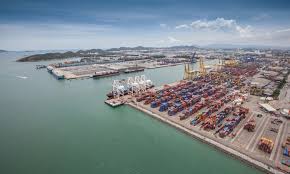Media: Market observers closely monitor Strait of Hormuz amid ongoing tensions
The World Bank, however, issues a warning, projecting that oil prices could surge to $157 per barrel if the ongoing conflict escalates.

Market observers are closely monitoring the Strait of Hormuz, the world's most crucial oil transit chokepoint, as tensions escalate in the region. The strait, facilitating the flow of about one-fifth of global oil production daily, plays a pivotal role in connecting Middle East crude producers with key global markets.
Despite concerns, industry experts express scepticism about a potential closure. "The probability of a supply disruption, especially the shutdown of the Strait of Hormuz, is of low probability,” an expert commented. He highlights the economic reliance of oil-producing nations like Saudi Arabia, Iran, Iraq, and Kuwait on the revenue generated through the strait.
The World Bank, however, issues a warning, projecting that oil prices could surge to $157 per barrel if the ongoing conflict escalates. The report draws parallels to the Arab oil embargo in 1973, suggesting a potential ‘large disruption’ scenario that could initially drive prices up by 56% to 75%, reaching between $140 and $157 a barrel.
As geopolitical tensions unfold, stakeholders remain vigilant for any developments that may impact the stability of the oil market.
